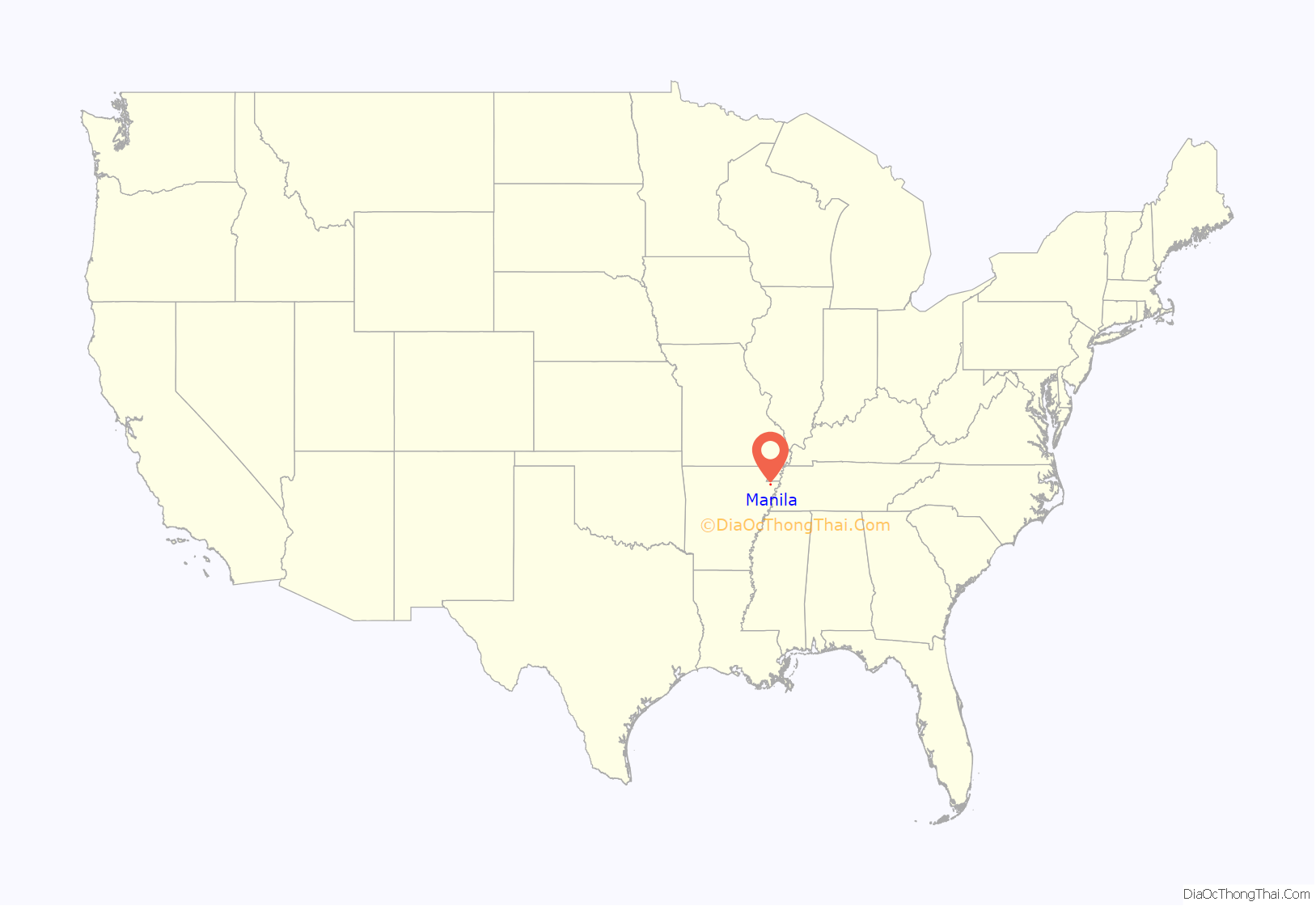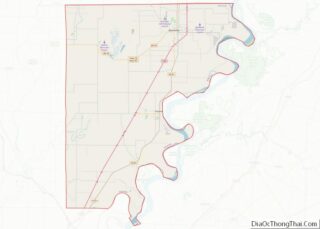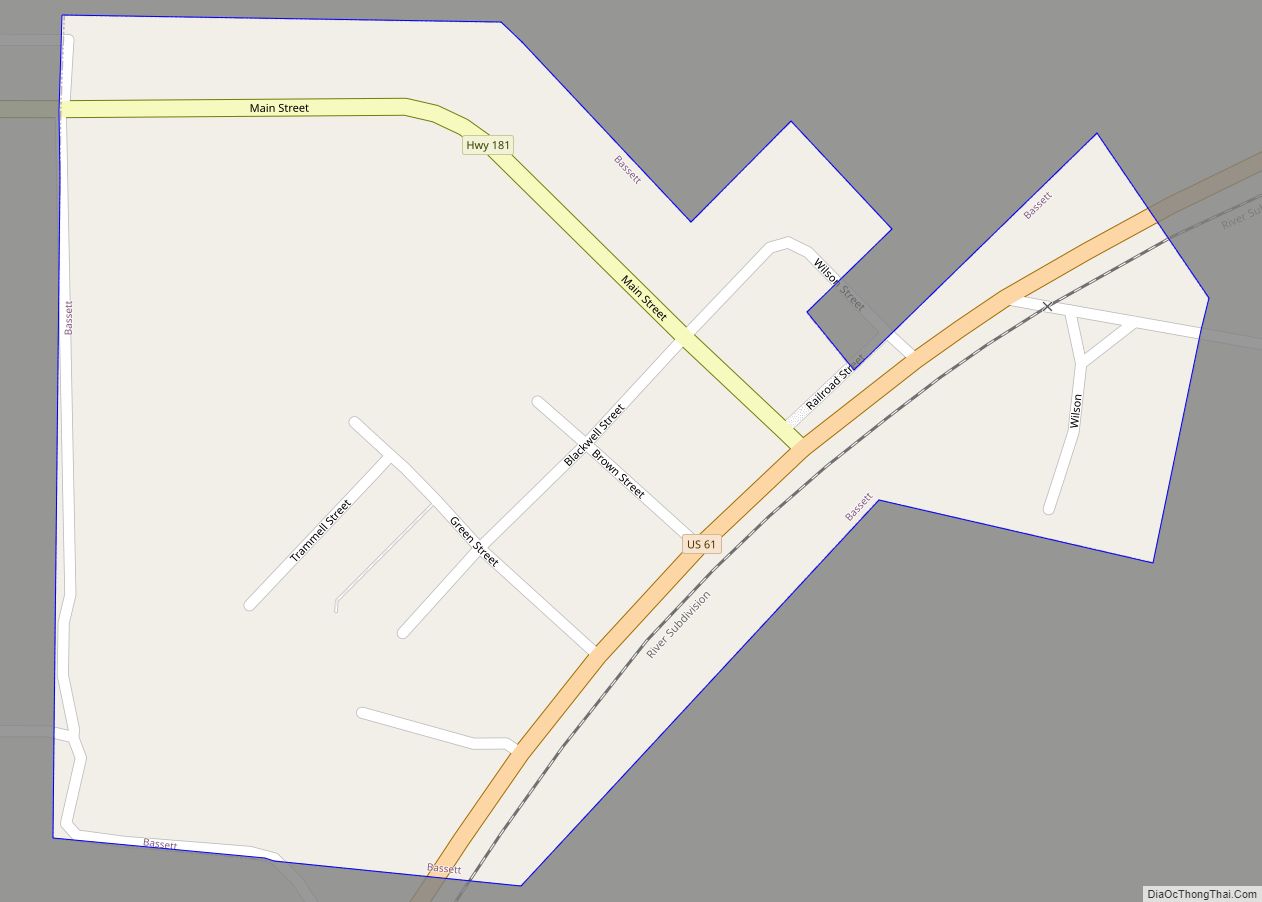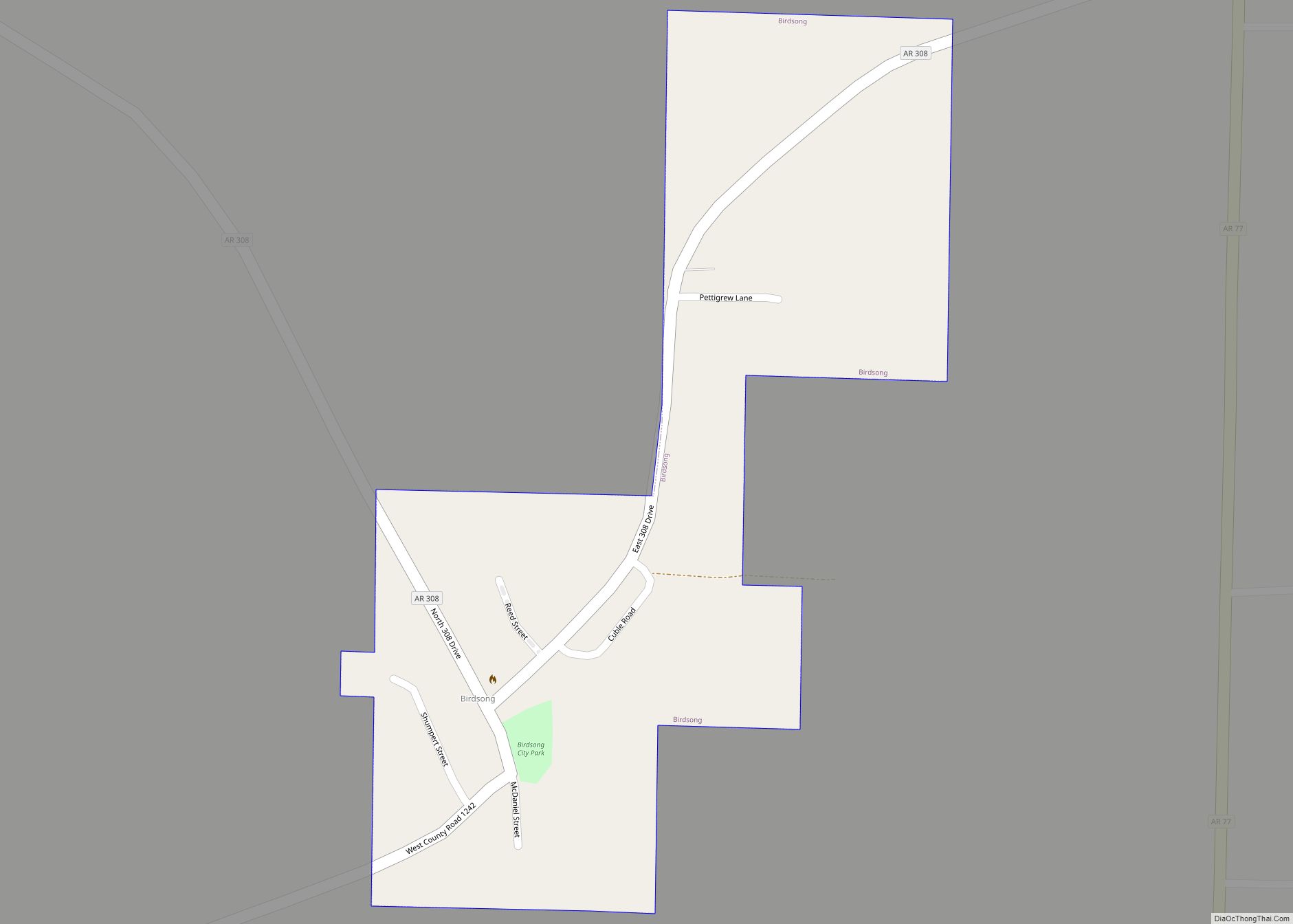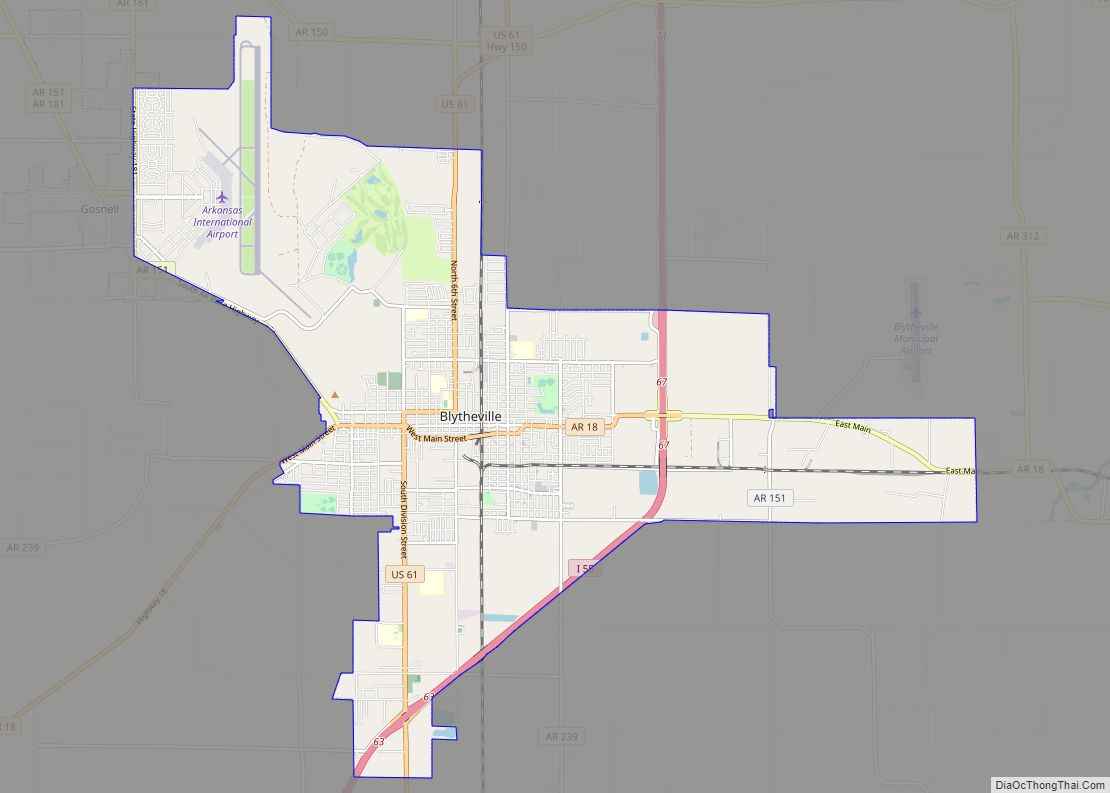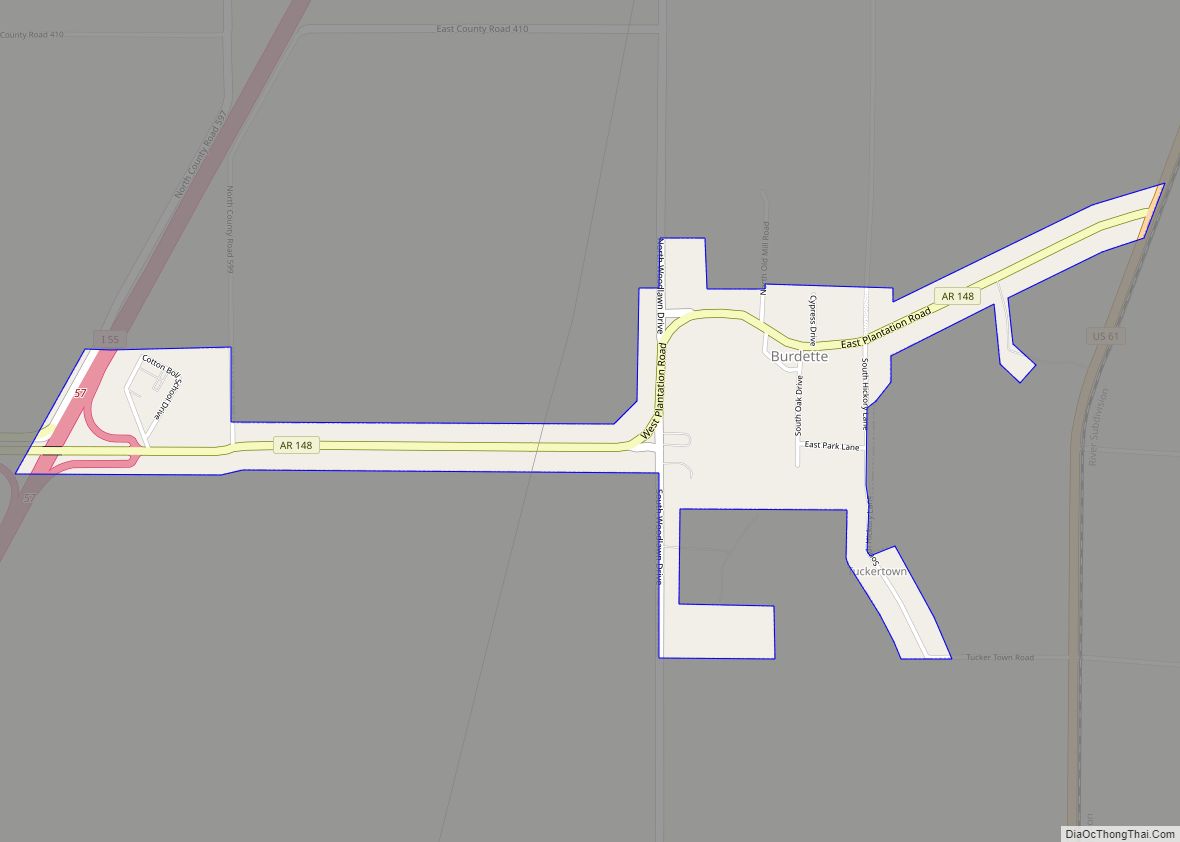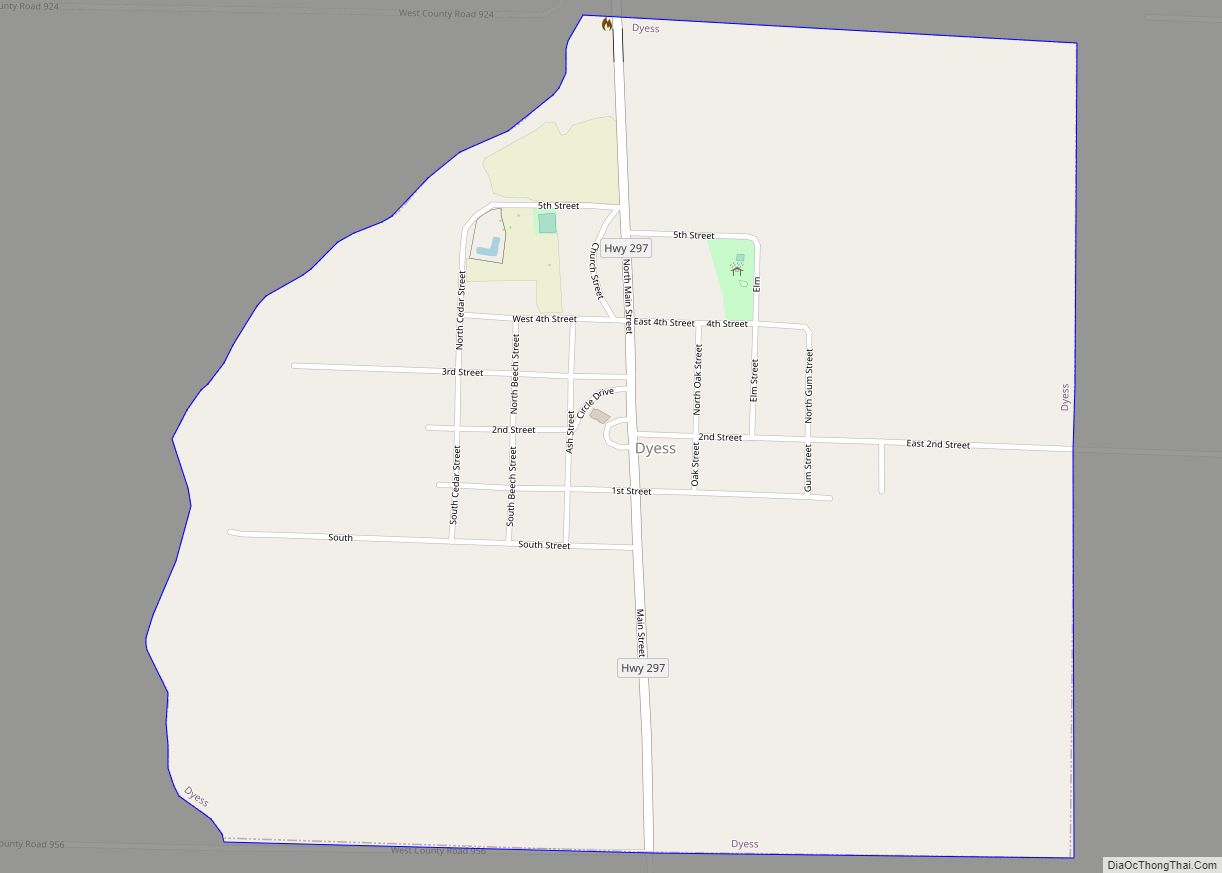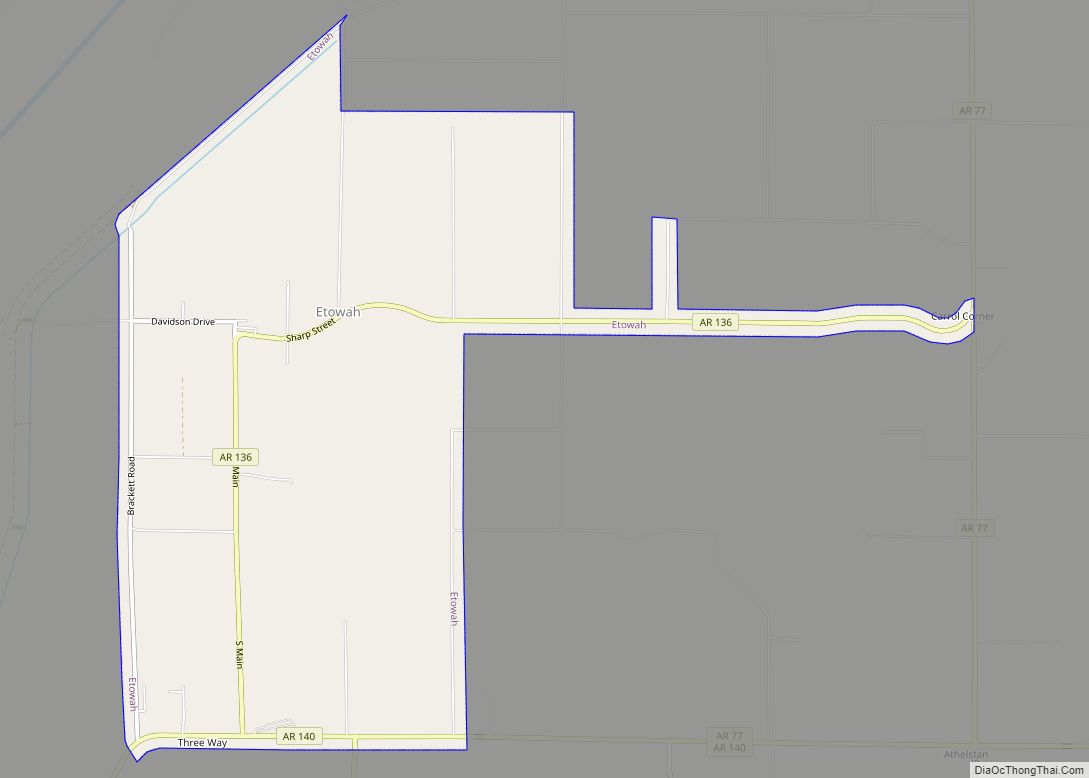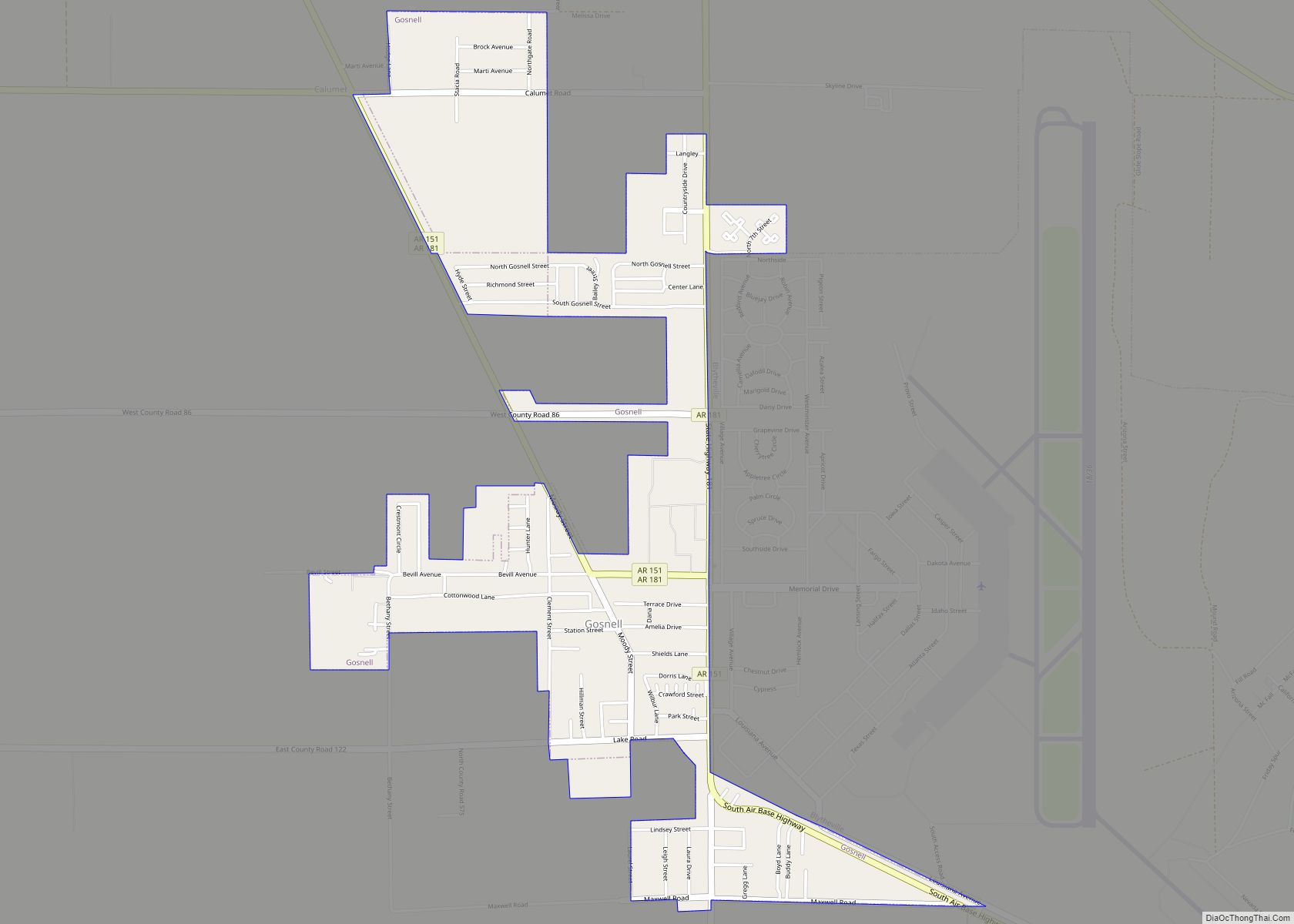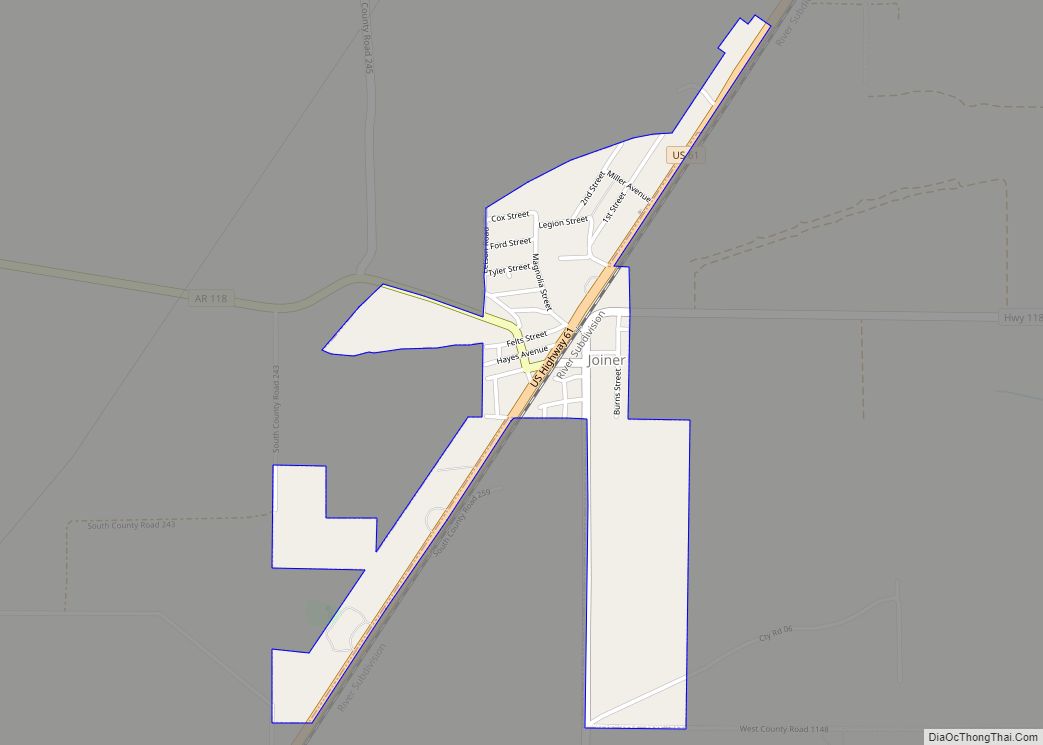Manila is a city in Mississippi County, Arkansas, United States. The population was 3,682 at the 2020 census, up from 3,342 in 2010. It was the hometown of World War I sniper Herman Davis. A park in the town honors his memory.
| Name: | Manila city |
|---|---|
| LSAD Code: | 25 |
| LSAD Description: | city (suffix) |
| State: | Arkansas |
| County: | Mississippi County |
| Elevation: | 243 ft (74 m) |
| Total Area: | 3.78 sq mi (9.78 km²) |
| Land Area: | 3.78 sq mi (9.78 km²) |
| Water Area: | 0.00 sq mi (0.00 km²) |
| Total Population: | 3,682 |
| Population Density: | 974.85/sq mi (376.43/km²) |
| ZIP code: | 72442 |
| Area code: | 870 |
| FIPS code: | 0543820 |
| GNISfeature ID: | 2405008 |
Online Interactive Map
Click on ![]() to view map in "full screen" mode.
to view map in "full screen" mode.
Manila location map. Where is Manila city?
History
Manila has its origins in a herdsman’s camp established by John Needham in the late 1860s. By the late 1890s, a community known as “Cinda” (named after an early postmaster’s sister) had developed in the area. In 1901, this community incorporated as a city, and chose the name “Manila” to honor Commodore George Dewey’s 1898 victory in the Battle of Manila Bay during the Spanish–American War.
In the early 1900s, the Jonesboro, Lake City and Eastern Railroad (later part of the St. Louis-San Francisco Railway system) extended a rail line to Manila. In 1910, the Manila Depot was constructed by the railroad. This train station now serves as a museum, and is listed on the National Register of Historic Places.
Manila Road Map
Manila city Satellite Map
Geography
Manila is located in northwestern Mississippi County in the Arkansas Delta region. The city is situated at the intersection of Arkansas Highway 18 and Arkansas Highway 77, 9 miles (14 km) south of the Arkansas–Missouri state line. According to the United States Census Bureau, the city has a total area of 3.8 square miles (9.8 km), all land.
Ecologically, Manila is located within the St. Francis Lowlands ecoregion within the larger Mississippi Alluvial Plain. The St. Francis Lowlands are a flat region mostly covered with row crop agriculture today, though also containing sand blows and sunken lands remaining from the 1811–12 New Madrid earthquakes. Waterways have mostly been channelized, causing loss of aquatic and riparian wildlife habitat. The Big Lake National Wildlife Refuge, which preserves some of the bottomland hardwood forest typical of this ecoregion prior to development for row agriculture lies just east of Manila.
See also
Map of Arkansas State and its subdivision:- Arkansas
- Ashley
- Baxter
- Benton
- Boone
- Bradley
- Calhoun
- Carroll
- Chicot
- Clark
- Clay
- Cleburne
- Cleveland
- Columbia
- Conway
- Craighead
- Crawford
- Crittenden
- Cross
- Dallas
- Desha
- Drew
- Faulkner
- Franklin
- Fulton
- Garland
- Grant
- Greene
- Hempstead
- Hot Spring
- Howard
- Independence
- Izard
- Jackson
- Jefferson
- Johnson
- Lafayette
- Lawrence
- Lee
- Lincoln
- Little River
- Logan
- Lonoke
- Madison
- Marion
- Miller
- Mississippi
- Monroe
- Montgomery
- Nevada
- Newton
- Ouachita
- Perry
- Phillips
- Pike
- Poinsett
- Polk
- Pope
- Prairie
- Pulaski
- Randolph
- Saint Francis
- Saline
- Scott
- Searcy
- Sebastian
- Sevier
- Sharp
- Stone
- Union
- Van Buren
- Washington
- White
- Woodruff
- Yell
- Alabama
- Alaska
- Arizona
- Arkansas
- California
- Colorado
- Connecticut
- Delaware
- District of Columbia
- Florida
- Georgia
- Hawaii
- Idaho
- Illinois
- Indiana
- Iowa
- Kansas
- Kentucky
- Louisiana
- Maine
- Maryland
- Massachusetts
- Michigan
- Minnesota
- Mississippi
- Missouri
- Montana
- Nebraska
- Nevada
- New Hampshire
- New Jersey
- New Mexico
- New York
- North Carolina
- North Dakota
- Ohio
- Oklahoma
- Oregon
- Pennsylvania
- Rhode Island
- South Carolina
- South Dakota
- Tennessee
- Texas
- Utah
- Vermont
- Virginia
- Washington
- West Virginia
- Wisconsin
- Wyoming
